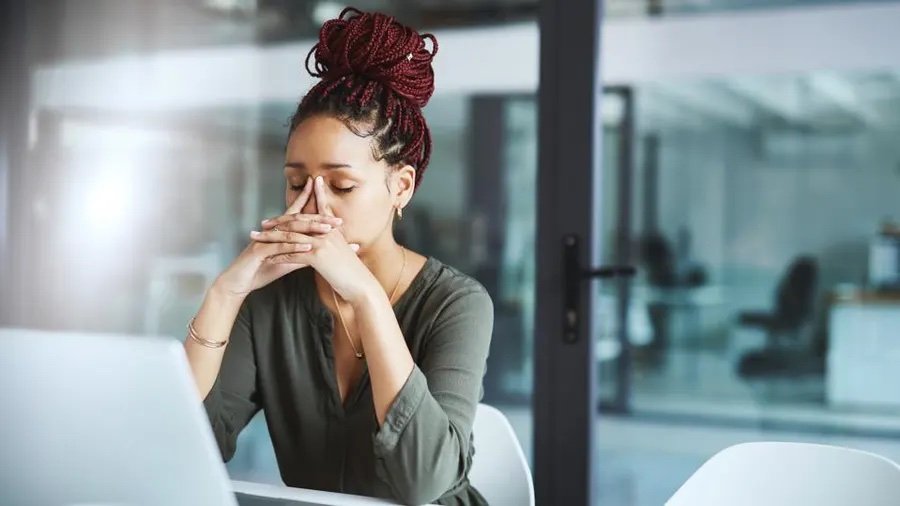Supporting Kids with Anxiety during Summer Break
/By Jessy Weston, lmft
For many families, summer is something to look forward to – a break from school routines, time
for play, travel, and relaxation. But for kids who struggle with anxiety, summer can bring a
whole new set of stressors. The sudden shift in structure, increased social expectations, and
sensory overload of summer activities can feel overwhelming.
The good news? With some thoughtful planning, it’s absolutely possible to create a summer that
feels calm, connected, and supportive. Here are a few simple strategies to help your child feel
grounded and safe during the summer months.
1. Understand What Triggers Their Anxiety in Summer
Every child is different, but some common summer-related anxiety triggers include:
Lack of structure or routine
Social demands like day camps, parties, or family events
Fear of missing out or comparison to peers
Changes in sleep, screen time, or diet
Sensory overload from travel, heat, or noisy environments
Pay attention to when your child seems more anxious – tracking patterns can help you anticipate
challenges and plan support accordingly.
2. Create a Gentle Routine
Kids thrive on predictability, and even a flexible routine can help them feel safe. While it doesn’t
have to match the rigidity of the school year, having a general rhythm to the day can ease a lot of
underlying anxiety.
Consider setting:
Consistent wake-up and bedtime routines
Regular mealtimes
Built-in quiet time or downtime
A visual schedule or calendar for daily activities
Involve your child in creating the routine. Having a sense of control can be empowering and
reduce anxious resistance.
3. Prepare for Transitions and Travel
New places and changing routines can be particularly tough for kids with anxiety. Whether
you’re planning a vacation or starting summer camp, help them prepare in advance.
Some helpful strategies:
Preview what to expect with photos, videos, or social stories
Walk through the schedule together before the event
Pack comfort items like favorite snacks, toys, or headphones
Offer choices when possible to give a sense of control
The more your child knows what to expect, the safer they’ll feel.
4. Focus on Connection
What matters most is connection – your child feeling seen, heard, and supported.
Let them know:
It’s okay to feel nervous or overwhelmed
They can talk to you about their feelings, without judgment
You’re in this together, and they’re not alone
A daily moment of genuine connection, whether during breakfast, bedtime, or a walk around the block, can have a lasting impact on a child’s sense of emotional safety.




